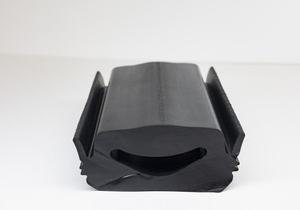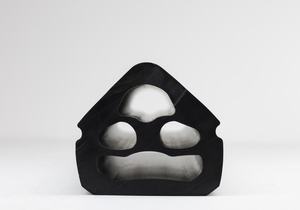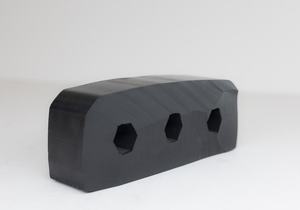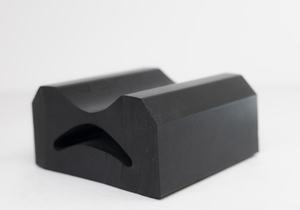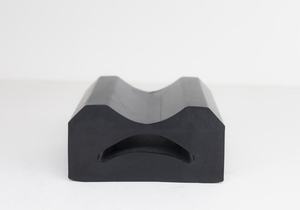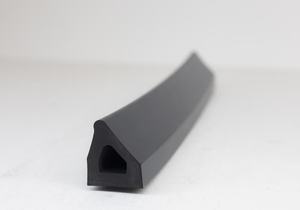Marine and hatch cover seals are integral components of ships, vessels, and offshore structures, serving critical functions in maintaining structural integrity, safety, and operational efficiency in maritime environments. These seals are specifically designed to withstand the harsh conditions of the marine industry, including exposure to saltwater, extreme temperatures, high pressure differentials, and dynamic movements caused by waves and vessel motions.
1. Marine Seals:
Marine seals encompass a broad range of sealing solutions used in maritime applications, including ship hulls, doors, windows, hatches, and bulkheads. They are essential for preventing water ingress, protecting cargo, equipment, and personnel, as well as ensuring buoyancy and stability of vessels. Marine seals are typically categorized based on their location and function:
- Hull Seals: These seals are installed along the seams and joints of a ship’s hull to maintain watertight integrity and prevent leakage. They are subjected to constant exposure to hydrostatic pressure and dynamic forces exerted by waves and currents.
- Door and Window Seals: Seals around doors, windows, and portholes on ships and offshore platforms are designed to provide a watertight and weatherproof barrier, while also offering sound insulation and thermal insulation properties.
- Bulkhead Seals: Bulkheads are partitions within a vessel that divide it into compartments for structural integrity and safety. Seals installed on bulkheads prevent water from flooding adjacent compartments in the event of a breach or collision.
- Deck Hatch Seals: Deck hatches are openings on the deck of a vessel used for accessing cargo holds, machinery spaces, or accommodations. Seals around these hatches prevent water ingress and protect the contents of the compartments below deck.
Marine seals are engineered using specialized materials that are highly resistant to saltwater corrosion, UV radiation, abrasion, and mechanical wear. Common materials include EPDM rubber, neoprene, silicone, and polyurethane, selected for their durability, flexibility, and sealing properties in marine environments.
2. Hatch Seals:
Hatch seals, also known as hatch cover seals or gaskets, are crucial for maintaining the integrity of cargo holds on ships and preventing water ingress into these enclosed spaces. Cargo hatch covers are typically large, heavy structures that require effective sealing to protect the cargo from seawater, weather conditions, and potential damage during transport.
- Compression Seals: Compression seals are commonly used in hatch cover applications, where they are compressed between the hatch coaming and the cover structure to create a watertight seal. These seals are designed to withstand high compressive loads and maintain their resilience over repeated use.
- Rubber Packing Seals: Rubber packing seals are molded or extruded profiles made from elastomeric materials such as EPDM or neoprene rubber. They are installed around the perimeter of hatch covers to provide a flexible and durable sealing barrier.
- Inflatable Seals: Inflatable hatch seals utilize pneumatic or hydraulic mechanisms to inflate a rubber bladder, creating a tight seal between the hatch cover and coaming. These seals offer adjustable compression and are particularly effective in irregular or uneven sealing surfaces.
Hatch seals undergo stringent testing to ensure compliance with international maritime regulations, such as those set by the International Maritime Organization (IMO) and classification societies like Lloyd’s Register or the American Bureau of Shipping (ABS). Proper installation, maintenance, and inspection of hatch seals are essential for ensuring vessel safety, cargo protection, and regulatory compliance in the maritime industry.
In summary, marine and hatch gaskets are critical components in maritime applications, providing essential protection against water ingress, weather exposure, and structural integrity compromise. Their reliability, durability, and performance under challenging marine conditions are vital for the safety, efficiency, and sustainability of shipping operations worldwide.
